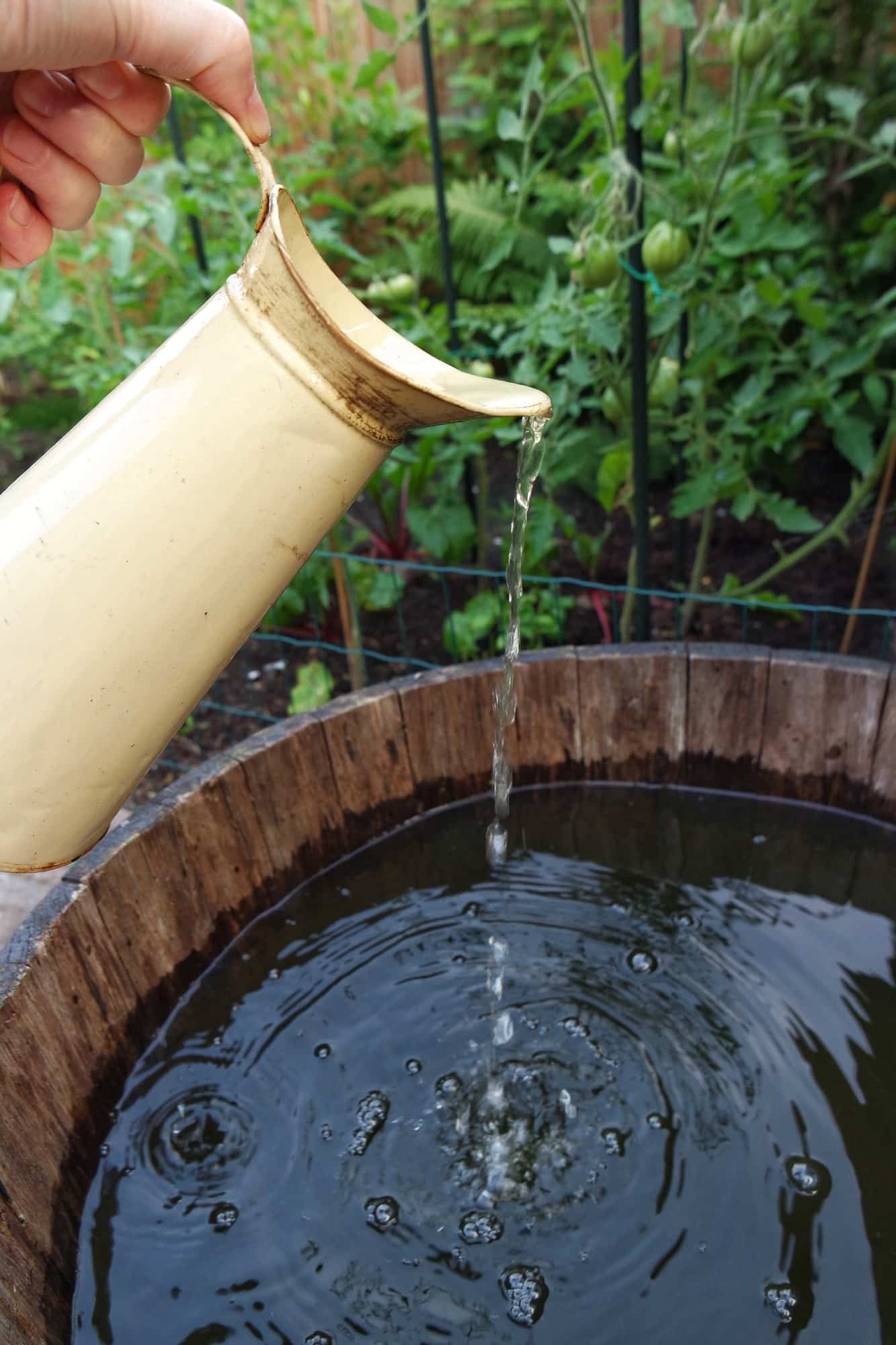The concept of using a rain barrel system has gained significant attention in recent years. People are becoming more environmentally conscious while also seeking ways to save money and resources. Collecting and using rainwater with a barrel system is one such way you can contribute to conservation efforts while reducing your water bill. However, it is not as simple as placing a container out in the rain. There are strategic steps you need to take to set up a functional and efficient rain barrel system particularly for a city garden. This article will guide you through this process, provide valuable tips and help you understand the benefits of this eco-friendly venture.
1. Selecting the Right Barrel
The first step in setting up a rain barrel system is, understandably, choosing the right barrel. It’s important to find a barrel that can store a significant amount of rainwater while also fitting in with your garden’s aesthetics and space constraints.
Also to see : How Can You Create a Multi-Purpose Room for Yoga and Pilates at Home?
When selecting your barrel, consider its capacity, material, and design. A typical rain barrel has a capacity ranging from 50 to 80 gallons. Select a barrel that can accommodate your garden’s watering needs without taking up too much space.
Plastic barrels are often recommended as they’re durable and relatively lightweight. It’s crucial to ensure that the barrel you choose is food-grade quality, meaning it has not housed harmful chemicals. If you’re going for a more rustic look, wooden barrels are a great alternative, although they may require more maintenance.
Also to see : How to Choose and Install a High-Efficiency Toilet for Water Conservation?
2. Positioning the Barrel
Once you’ve chosen your barrel, the next step is deciding where to place it. The ideal location will provide maximum rainwater collection while still being accessible for your gardening needs.
Place the barrel near a downspout for maximum rainwater collection. Consider the roof area that will be draining into the barrel – a larger roof area will produce more runoff, and therefore, fill your barrel faster. Ensure your chosen location accommodates the barrel’s overflow, directing it away from your home’s foundation.
Ensure the barrel is on a level surface to prevent it from tipping over, especially when full. Using a stand or platform will not only provide stability but also make accessing the spigot easier.
3. Installing the Rain Barrel System
Now, it’s time for the installation process. This might sound complicated, but with a little bit of patience and the right tools, you can build your rain barrel system with ease.
First, you will need to divert the downspout to your barrel. Cut the downspout at a height that will allow the rainwater to flow into the barrel. Attach an elbow piece to guide the water into the barrel’s top.
Next, create the inlet on the top of your barrel. This is essentially a hole through which the rainwater will enter the barrel. Cover this hole with a screen or mesh to prevent debris and insects from entering the barrel.
Lastly, install an overflow system. This will allow excess water to be diverted away once the barrel is full. Attach a hose to the barrel at about the level of its maximum capacity to allow the overflow water to be safely directed away.
4. Maintenance and Usage
After setting up your rain barrel system, maintaining it will ensure that it remains functional and efficient for a long time. Regular cleaning is recommended to prevent algae growth and mosquito breeding.
When using the collected rainwater, remember to use a garden hose or spigot attached to the bottom of your barrel for easy access. Rainwater is ideal for watering plants as it is free of chemicals that are usually present in tap water.
Keep an eye on the weather forecast. If there’s a big storm coming, you might want to empty your barrel beforehand to make room for the incoming rainwater.
5. Reaping the Benefits
A rain barrel system is more than just an eco-friendly venture. It has practical benefits that you’ll begin to notice almost immediately.
Firstly, it reduces water consumption by collecting and using rainwater for your garden. This could significantly cut down on your utility bills over time.
Secondly, it helps protect your local watershed by reducing the amount of stormwater runoff, which often carries pollutants.
Finally, it provides a more natural watering solution for your garden. Rainwater is free of the salts, chlorine and other chemicals found in municipal water supplies, which can be harmful to plants.
In conclusion, setting up a rain barrel system for your city garden is a step towards a more sustainable and cost-effective method of maintaining your green spaces. It may require some time and effort to install and maintain, but the benefits it offers for both your garden and the environment make it a worthwhile investment.
6. Understanding the Associated Legalities
Before you embark on your journey of rainwater harvesting through a rain barrel system, it’s worth noting that there might be relevant laws and regulations in your city or state. Legalities associated with rainwater collection can vary widely depending on where you live.
Some areas freely allow the collection of rainwater, while others have specific laws and regulations that limit or restrict it. For instance, some states require residents to obtain a permit before setting up a rainwater collection system. Additionally, regulations may dictate the size and location of your rain barrel, how you can use the collected water, and even the color and material of your barrel.
Ensure you are fully aware of your local laws before setting up your collection system. Consult your local authority or do extensive research to avoid any legal complications. Ignorance of the law is not a defense. Therefore, it’s better to be safe than sorry.
7. Expanding Your Rainwater Collection System
Once you’ve successfully set up and maintained a single rain barrel, you might start thinking about expanding your rainwater collection system. This could involve setting up multiple barrels around your garden or creating a more complex system that allows for increased storage and better filtration.
Before expanding, assess your garden’s water needs accurately. Are you able to meet your watering requirements with your current setup, or could you benefit from additional storage capacity? Remember, the goal isn’t just to collect as much rainwater as possible but to make efficient use of it.
Adding more rain barrels to your system isn’t overly complicated. You can either arrange them in a series, where the overflow from the first barrel feeds into the next, or in parallel, where each barrel collects water independently from its downspout.
However, keep in mind that expanding your rainwater harvesting system may require additional maintenance. More barrels mean more cleaning, checking for leaks, and ensuring no blockages occur.
Conclusion
With the right approach, a rain barrel system can be an effective and efficient method of watering your city garden. It not only helps in reducing your water bill but also contributes to environmental conservation by reducing stormwater runoff.
However, setting up this system requires careful thought and planning. From selecting the right barrel, positioning it correctly, installing it properly, maintaining it and possibly expanding it, each step is crucial for an effective rain barrel system.
Remember to keep local laws in mind when planning your rainwater collection system. Furthermore, as your confidence grows with your DIY rain barrel system, consider expanding it to reap even more benefits.
In conclusion, a rain barrel system is not just an eco-friendly initiative, it’s a practical, cost-effective solution for city gardeners. So take the plunge, roll up your sleeves, and start collecting rainwater for a greener, healthier garden.











